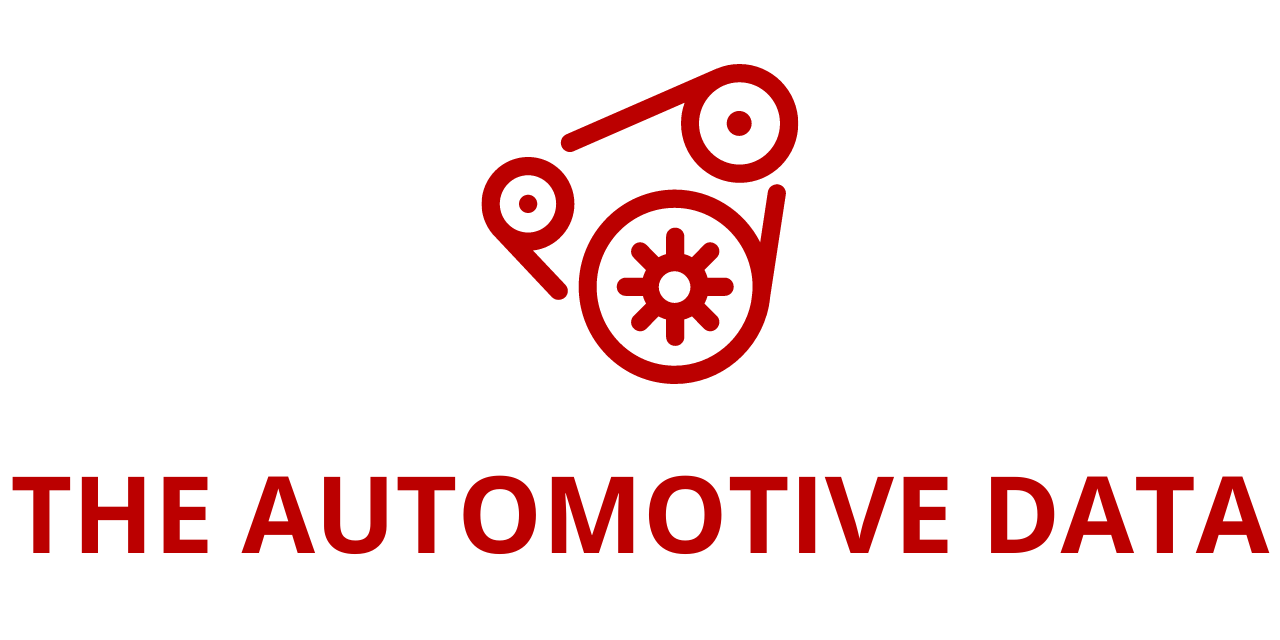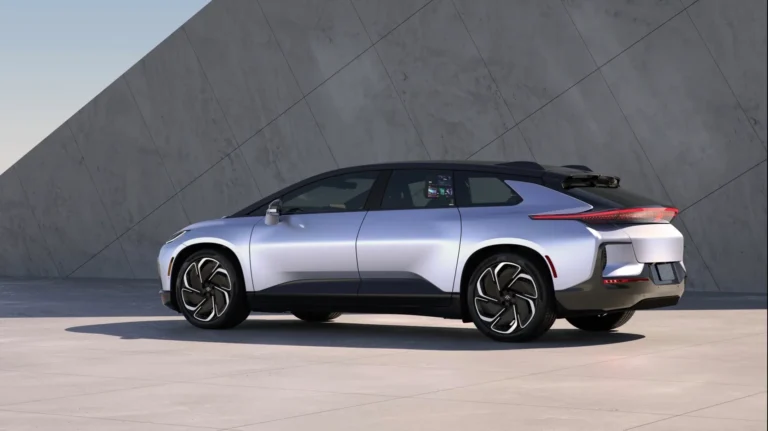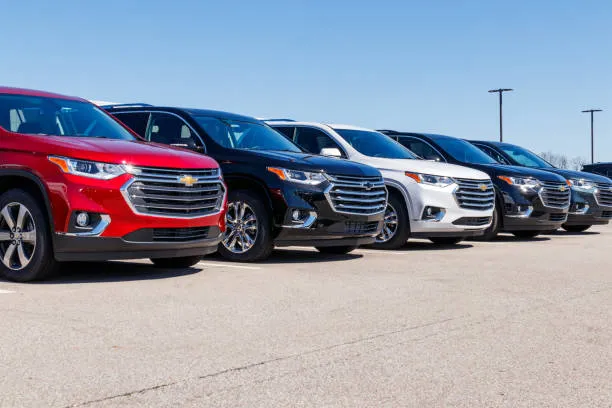
USA Truck Market Outlook 2025-2029: A $800 Billion Industry Accelerating Toward Automation, Electrification, and Logistics Innovation
The United States truck market, valued at approximately USD 800 billion based on recent five-year historical trends, stands as one of the nation’s most critical economic engines. From transporting consumer goods and building materials to powering last-mile delivery for online retailers, the trucking sector remains the backbone of U.S. supply chains. As industries shift toward faster, cleaner, and smarter logistics operations, the trucking industry is undergoing a rapid evolution driven by e-commerce growth, regulatory shifts, infrastructure investments, and technology adoption.
The USA Truck Market Outlook to 2029, recently introduced on ResearchAndMarkets.com, provides a comprehensive view of how the industry is positioned today and where it is heading over the next five years. With major carriers such as J.B. Hunt Transport Services, Schneider National, and Knight-Swift Transportation leading the competitive landscape, the sector is embracing a mix of consolidation, digital acceleration, and fleet modernization to stay resilient amid rising operational pressures.
Market Structure & Competitive Dynamics
The U.S. trucking market is moderately concentrated, with a handful of large national carriers operating alongside thousands of small and mid-sized fleet operators. Leaders such as J.B. Hunt, Schneider, and Knight-Swift leverage integrated logistics networks, telematics systems, and vast fleet capabilities to maintain dominance. However, the rise of asset-light logistics firms, freight brokerage platforms, and electric vehicle startups is reshaping market dynamics.
Key Transportation Hubs:
Major cities including Los Angeles, Chicago, and Dallas function as essential logistics nerve centers due to their strategic highway networks, intermodal connectivity, and proximity to ports and rail terminals. These cities are likely to remain focal points for future investments in EV charging corridors, autonomous testing zones, and intelligent freight management systems.
Regulatory Landscape: Emission Standards Driving Fleet Renewal
A significant turning point for the industry came when the U.S. Environmental Protection Agency (EPA) finalized Phase 3 greenhouse gas standards for heavy-duty trucks in 2024, applying to model years 2027 through 2032. These performance-based, fuel-neutral rules aim to cut emissions by nearly one billion metric tons by 2055, without mandating a specific compliance technology.
This flexibility empowers fleet operators to choose from diesel efficiency upgrades, natural gas conversions, hybrid systems, or full battery electric solutions depending on route profiles and cost feasibility. However, smaller carriers may face financial pressure to comply, spurring leasing programs, grant-backed electrification incentives, and third-party retrofit services.
Market Segmentation: Heavy-Duty Trucks Lead the Charge
By Vehicle Type
- Heavy-Duty Trucks (Class 8): Dominant market share, crucial for long-haul freight, container transport, and industrial supply chains.
- Medium-Duty Trucks: Widely used in urban delivery, utility services, and construction transport.
- Light-Duty Trucks: Primarily deployed for last-mile logistics and service fleets, especially within the booming e-commerce sector.
By Application
- Freight Transportation commands the largest share, bolstered by retail demand, omnichannel logistics, and express parcel delivery.
- Construction and general logistics follow, aided by infrastructure revitalization projects and regional distribution expansion.
Industry Growth Drivers
1. E-Commerce Explosion & Last-Mile Logistics
The U.S. Census Bureau reported a 15% increase in e-commerce sales in 2023, intensifying the need for reliable light and medium-duty trucking capacity. Retail giants and 3PL operators now prioritize delivery speed and shipment visibility, pushing carriers to deploy smart dispatch systems, AI-driven routing tools, and warehouse-to-wheels automation.
2. Federal Infrastructure Investment
The $1.2 trillion Infrastructure Investment and Jobs Act (IIJA) continues to modernize highways, freight corridors, and bridge networks—directly reducing traffic bottlenecks and lowering vehicle downtime. Improved roadway resilience also leads to lower repair costs and extended fleet life cycles.
3. Digital Fleet Optimization
From GPS telematics and real-time diagnostics to predictive maintenance algorithms, trucking firms increasingly depend on data analytics to control fuel expenditure and enhance compliance tracking. Studies show telematics-enabled fleets can lower fuel usage by 10% to 15%, translating to millions in annual savings for large carriers.
Persistent Challenges
Fuel Cost Volatility
Diesel remains the lifeblood of U.S. transportation, but price fluctuations can compress profit margins overnight. Many carriers now engage in hedging strategies, fuel-efficiency retrofits, and idle-reduction technologies to offset cost spikes.
Driver Shortages Intensify
The American Trucking Associations (ATA) reports a shortfall of over 60,000 drivers, exacerbated by long working hours, aging labor demographics, and lifestyle sacrifices. Carriers are responding with higher pay incentives, wellness initiatives, and autonomous co-pilot technology to improve retention.
Major Market Opportunities
1. Electric & Alternative Fuel Trucks
Although still a fraction of total sales, over 54,000 electric trucks are expected to be on U.S. roads by 2025. Early adopters are targeting short-haul, port drayage, and municipal routes where predictable distances and depot charging make battery-electric logistics viable.
2. Smart Logistics Platforms
Companies integrating AI shipment forecasting, real-time freight matching, and blockchain tracking are positioned to dominate contract awards. Visibility-as-a-service is becoming a competitive differentiator.
3. Autonomous Trucking Pilots
Autonomous freight convoys, led by firms like Aurora, TuSimple, and Kodiak Robotics, are gaining regulatory approvals for driver-monitored Level 4 highway operations. Full-scale commercialization by 2028-2029 could redefine long-haul labor economics.







